QuestionHello Matt, I just set up a spare tank, a 29 gallon equipped now with gravel (smooth), a plant from a larger established tank, a couple of 'caves' so far. It is going through fishless cycling right now.
I am planning on getting cory catfish as the bottom dwellers when the time is ok BUT now I've been reading more & more about sand as the substrate.
People have said on the net that gravel is ok but when they put sand on 1/2 of their tank bottom or all sand, the cories acted like it was Christmas! They behaved more naturally, etc. etc.
Now.....I feel I have to get all this gravel out which will probably throw off balance, any bacteria that has grown on it so far, and put sand in instead, starting all over. I've heard that playsand is about as good and a heck of a lot cheaper than aquarium sand. I don't even know if playsand is available at this time of year now (I'm in Southern Ontario).
People say sand is hard to clean but others say it's easier. Also, that any work involved was worth it because of how much the fish love it.
What is your take on all of this?
Thanks,
Paula
AnswerHi Paula,
The Cories do fine with the substrate you have. They also do well in sand. In my experience, sand is more difficult to maintain than gravel because sand is more compact, allowing chances of "dead spots". Dead spots are areas where the water cant reach, therefore there is no oxygen. So the anaerobic bacteria (bacteria that do not need oxygen) release hydrogen sulfide. This toxin is deadly to fish. It is even in the oceans also, it looks like a wasteland of dead fish, crabs, starfish, etc along the ocean floor. The fish die because of the lack of oxygen, hypoxia and because of the toxins. In an aquarium, the oxygen will be adequate because of the filter or powerhead running, but the toxin is still deadly. To prevent dead spots with sand, you have to sift the sand every week. You can sift it with a chopstick or any stick. Churning the sand is important to prevent dead spots. A good sign, is the sand becoming black in a certain area.
-Matt-

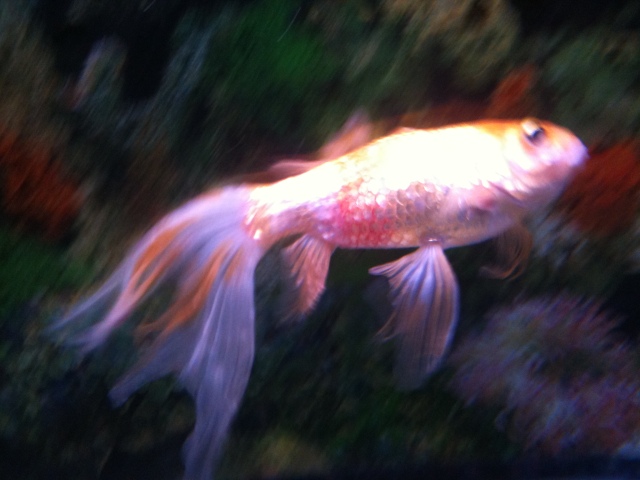 Gold fish Symptons
Question
Goldfish
I have a goldfish that is 20 years ol
Gold fish Symptons
Question
Goldfish
I have a goldfish that is 20 years ol
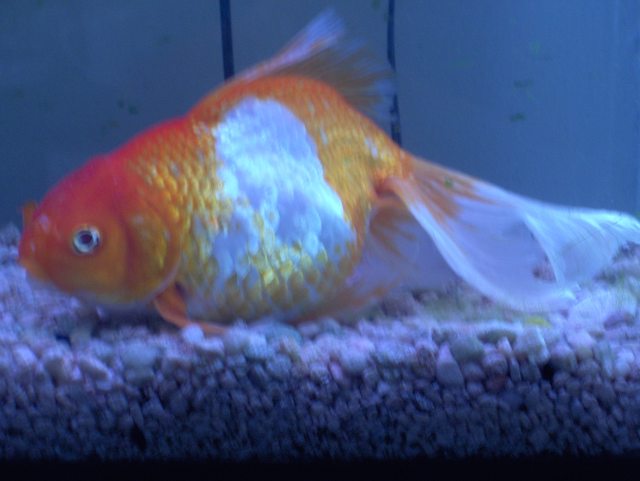 goldfish food
Question
goldie
where can I find a sinking goldfish foo
goldfish food
Question
goldie
where can I find a sinking goldfish foo
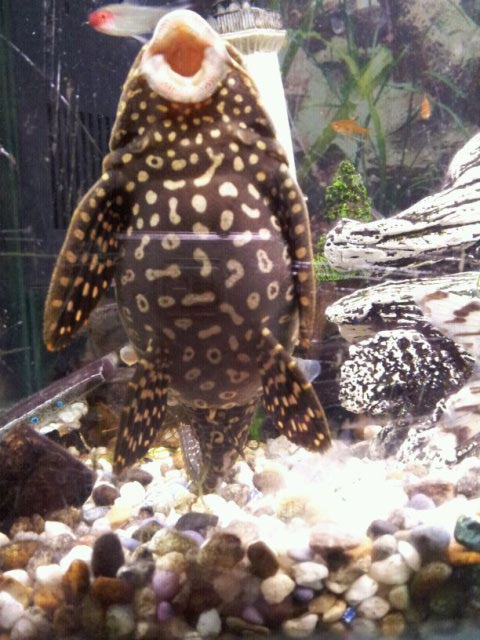 Bloated Pleco; Bubbley skin
QuestionPleco
Pleco
QUESTION: My Common P
Bloated Pleco; Bubbley skin
QuestionPleco
Pleco
QUESTION: My Common P
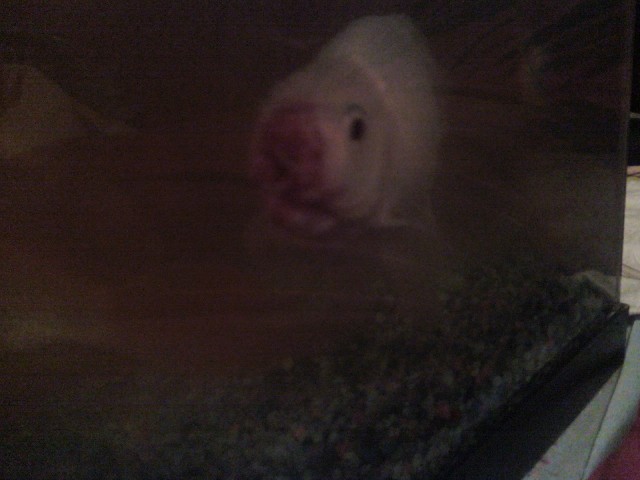 Broken lips
QuestionQUESTION: Hello expert, i hope you can help me.
Broken lips
QuestionQUESTION: Hello expert, i hope you can help me.
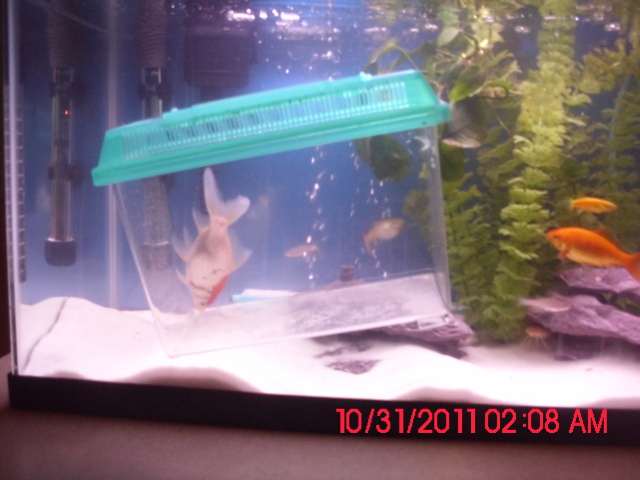 Facedown Gold fish
Question
face down gold fish
On firday i took my
Facedown Gold fish
Question
face down gold fish
On firday i took my